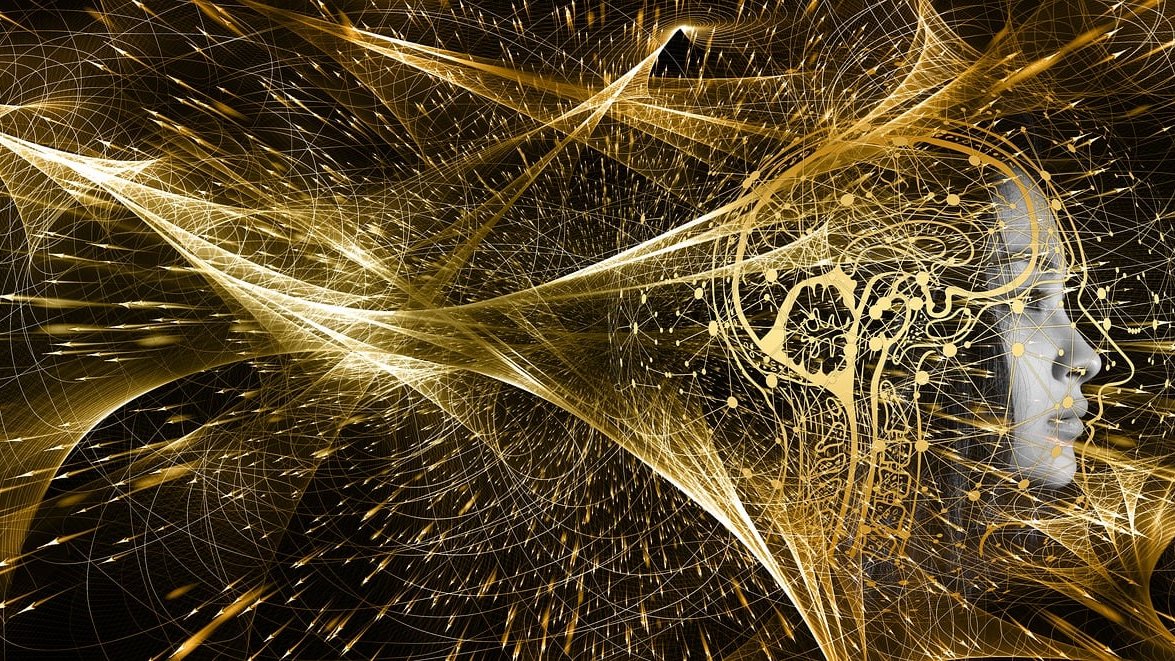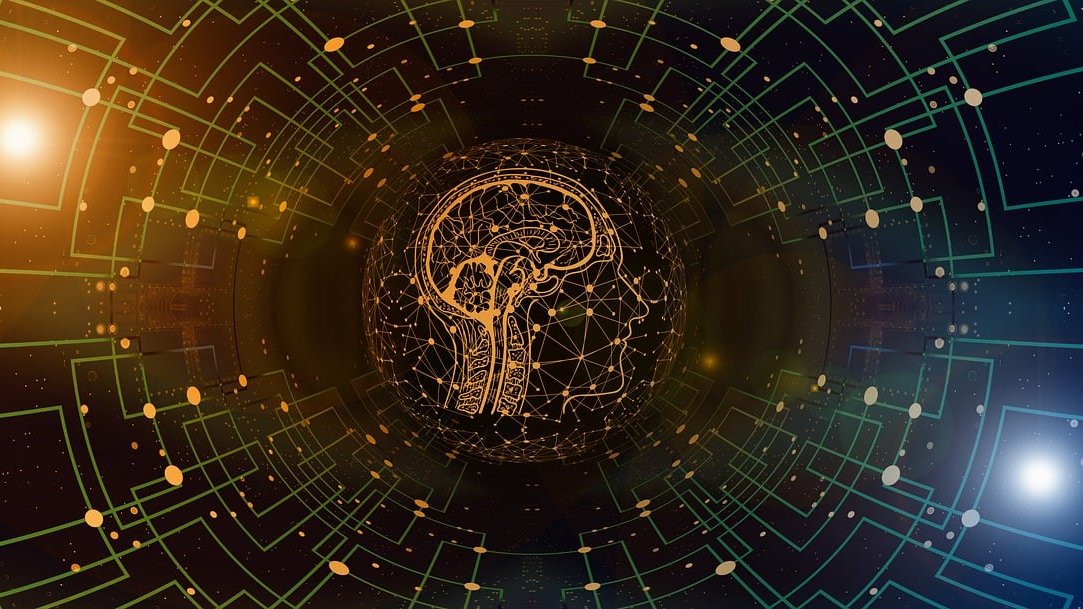
Researchers have developed a new artificial intelligence tool named 'HistoAge,' which predicts the age at death and provides insightful information about brain aging and neurodegenerative disorders. Using nearly 700 digitized hippocampal sections from elderly brain donors, this tool offers a novel approach to understanding the aging brain and its related diseases.
HistoAge: AI's role in understanding brain aging
A group of researchers have made strides in the understanding of brain aging and neurodegenerative disorders by developing an artificial intelligence algorithm, 'HistoAge.' This tool predicts a person's age at death with remarkable precision, and it also unravels the mysteries of brain aging. The digitized hippocampal sections from nearly 700 elderly brain donors were analyzed to make these predictions. The HistoAge algorithm stands out due to its potent correlation with cognitive impairment and Alzheimer's-type abnormalities, thus providing a reliable metric for exploring the progression of neurodegenerative disorders.
The HistoAge algorithm not only predicts age at death but also exhibits a profound association with cognitive impairment, cerebrovascular disease, and Alzheimer's-type protein aggregation. This connection surpasses the current measures of age acceleration, like DNA methylation. The ability of HistoAge to detect these associations underlines its potential as an influential tool in neurodegenerative research, providing insights into cellular changes underlying degenerative diseases.
AI as a revolutionary tool for aging research
Aside from being an innovative tool in assessing aging and neurodegeneration, HistoAge also serves as a robust and unbiased measure that can be used widely in research laboratories. It facilitates a deeper understanding of the cellular changes associated with degenerative diseases. The researchers have expressed that these AI models have the potential to revolutionize our understanding of brain diseases, marking a shift in the approach towards assessing human diseases.
The HistoAge model was developed using a vast collection of almost 700 digitized images of slides with human hippocampal sections from aged brain donors. The hippocampus, known to be involved in both brain aging and age-dependent neurodegenerative diseases, was the ideal region for analysis. The machine learning model was trained to estimate a person's age at death based solely on this data, a feat that a human observer could not accomplish with such precision.
HistoAge as a reliable metric for neurodegeneration
The HistoAge model provides a dependable measure for determining brain age and understanding the factors that contribute to neurodegeneration over time. In comparison with current measures of age acceleration, the HistoAge model shows stronger associations with cognitive impairment, cerebrovascular disease, and Alzheimer's-type abnormalities. This finding underscores the model's reliability in identifying early changes related to diseases and predicting the onset of a brain disorder.
HistoAge: A game changer in neurodegenerative research
The HistoAge model, along with other similar algorithms, presents a completely fresh perspective for assessing aging and neurodegeneration in human samples. One of the main advantages is its scalability, allowing it to be easily deployed in clinical and translational research laboratories. Moreover, this approach offers a more rigorous, unbiased, and robust metric for understanding cellular changes that underlie degenerative diseases, and it's paving the way for further discoveries about the mechanisms of aging and neurodegeneration.










